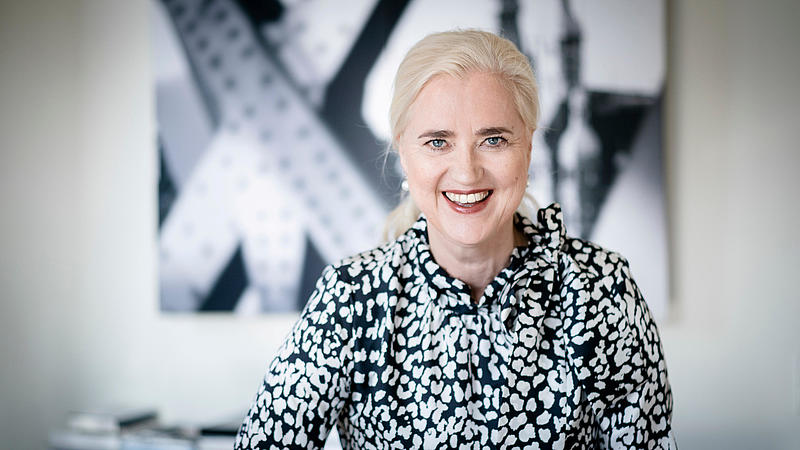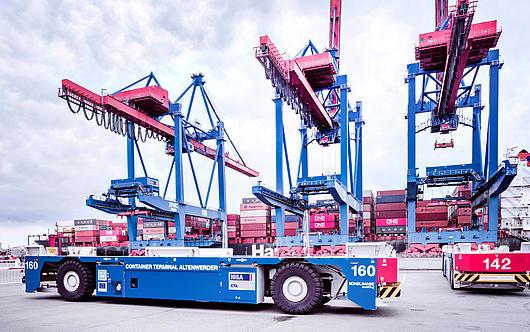
An analysis by consulting and auditing company Ernst & Young attracted a great deal of media interest in January 2023. It reported that an increasing number of female top managers were taking the helm at listed companies in Germany. On average, 15.5 percent of top managers are women. At HHLA, Angela Titzrath leads the company as Chairwoman of the Executive Board since 2017. This is rarely the case at listed companies in Germany.

What are the advantages of this? Why are diversity and inclusion encouraged in management and in all other areas of the company?
Nicole Knaack has the answer. She recently joined HHLA as head of the new unit for Diversity & Inclusion (D&I). “Diverse teams fundamentally have great potential,” she says. Everything indicates that they are more innovative and find better solutions than homogeneous teams, and that they act strongly and are more resilient and agile, even in a complex environment.

But there are many more aspects to this than only gender. The different perspectives, experiences and skill sets that come together in heterogeneous teams lead to better ideas and increase the potential for innovation, according to Nicole Knaack. She does have one caveat. “We have seen that diverse teams only reach their potential under certain circumstances. Diversity, and an understanding of its advantages, must also be present in executives and managers. And most importantly: if the leaders aren't capable of acting inclusively, conditions aren't going to change.”

Don’t leave your identity at the door
Diversity within the company pays off, but it also takes effort, says Nicole Knaack. The head of Diversity & Inclusion has a strategic approach to encouraging diversity at HHLA.
HHLA took initial measures to implement sustainable D&I management in 2022. The company created a D&I working group and signed the Diversity Charter while also increasing communication on the topic across the various internal and external channels. A team was recruited to participate in the Diversity Challenge, a competition for young employees that was initiated by the Diversity Charter. They will be developing projects on the topic of diversity and inclusion throughout the year. More to come …

“By focusing on a diverse workforce, we lay the foundation for the future viability of our company. Flexibility and openness are success factors that help companies respond to the pressure to change that stems from social change and global trends.”
Corina Christen, Managing Director Diversity Charter
Diversity and inclusion have become a critical key to success for companies, especially given the current shortage of skilled workers. Nicole Knaack explains that highly qualified people first consider whether they want to work for a particular company at all: 73 percent see diversity and inclusion as an important decision-making factor. Only then do they consider a specific job. For many, a high percentage of women in management or an international workforce with both younger and older employees are good indicators of which way the wind is blowing in the company.
Furthermore, the frequent function of women managers as role models for female employees cannot be underestimated. In the long term, representation leads to acceptance, and role models are enormously important. Such representation allows old structures to be dismantled and brings about changes that are necessary for a company to remain competitive.

